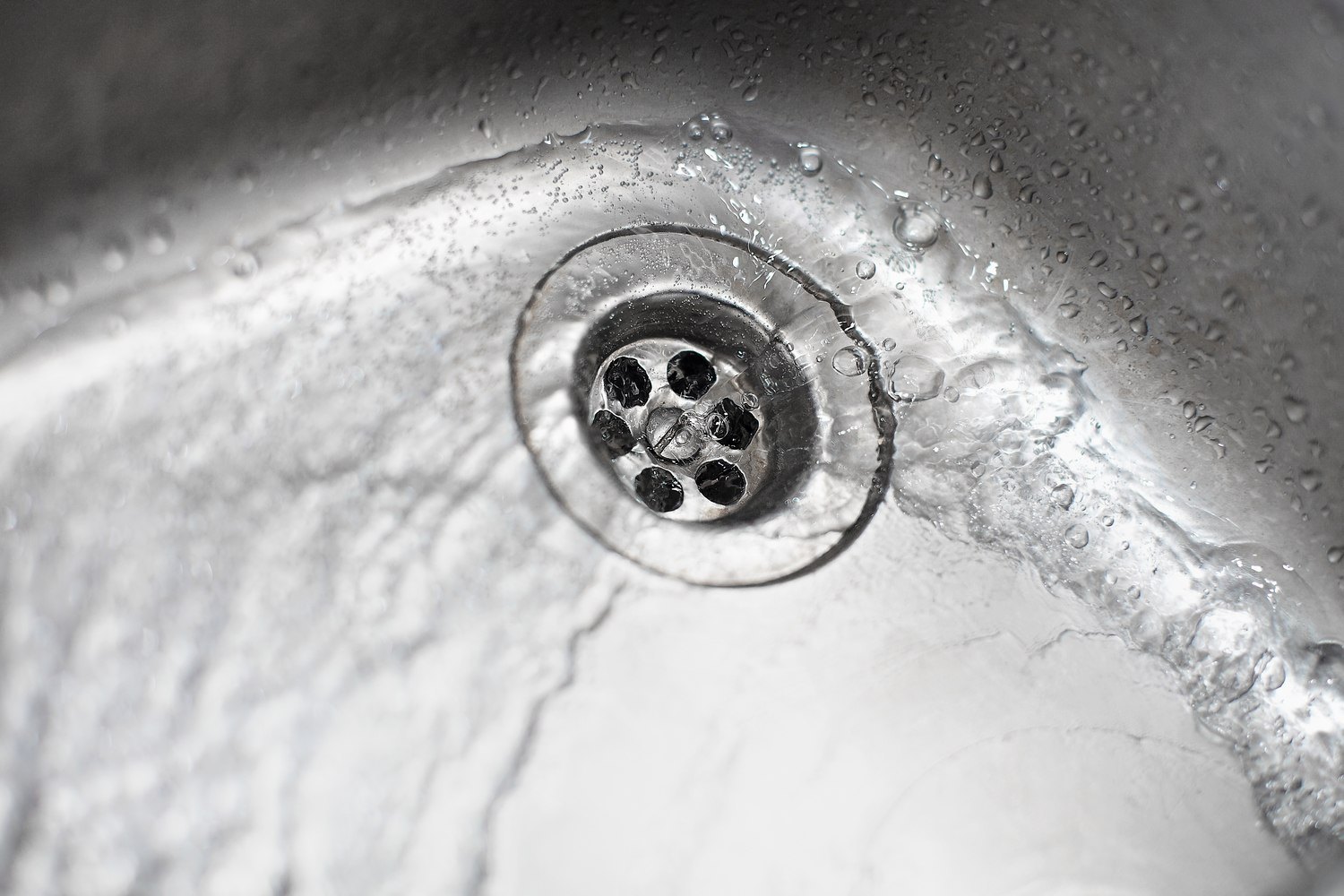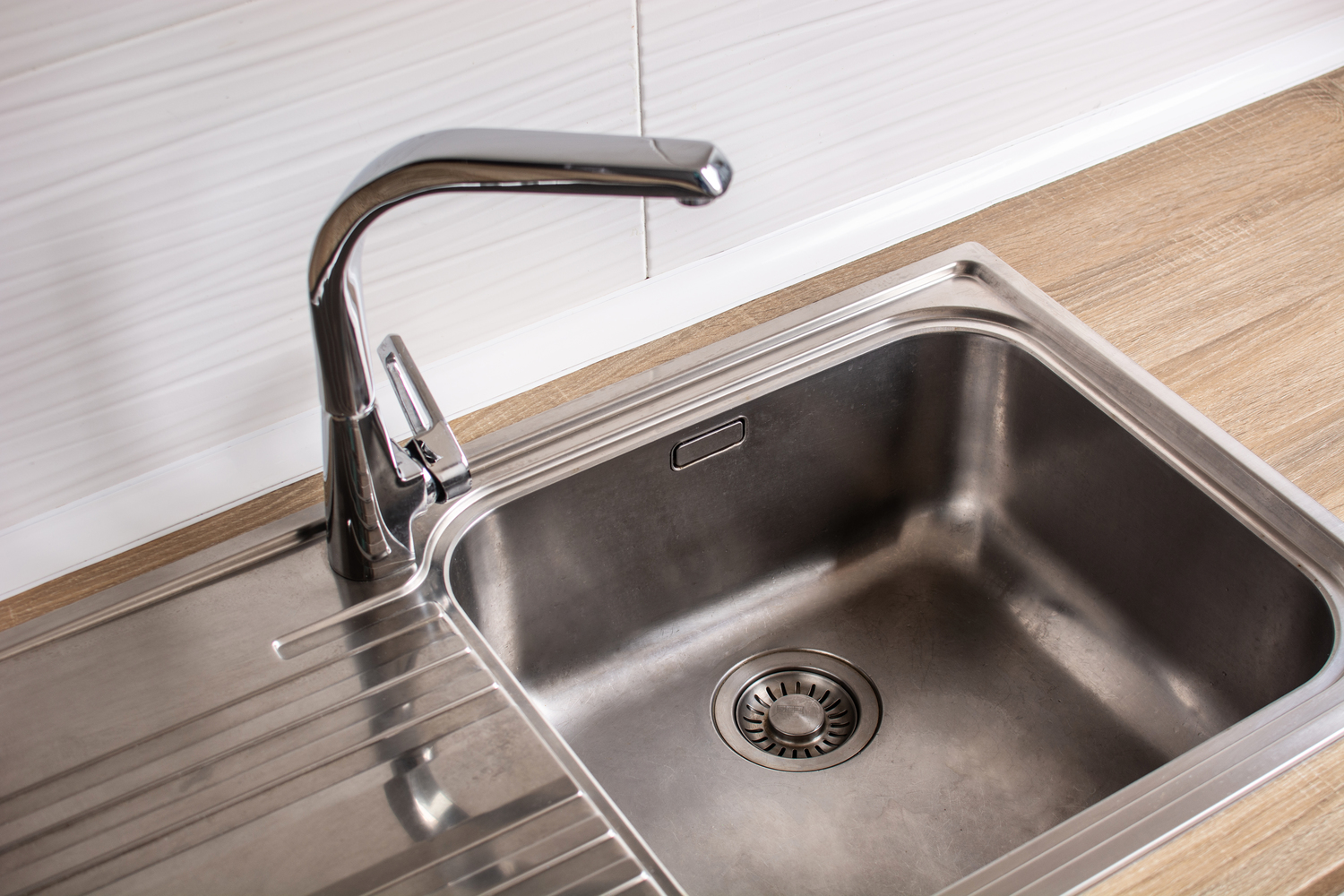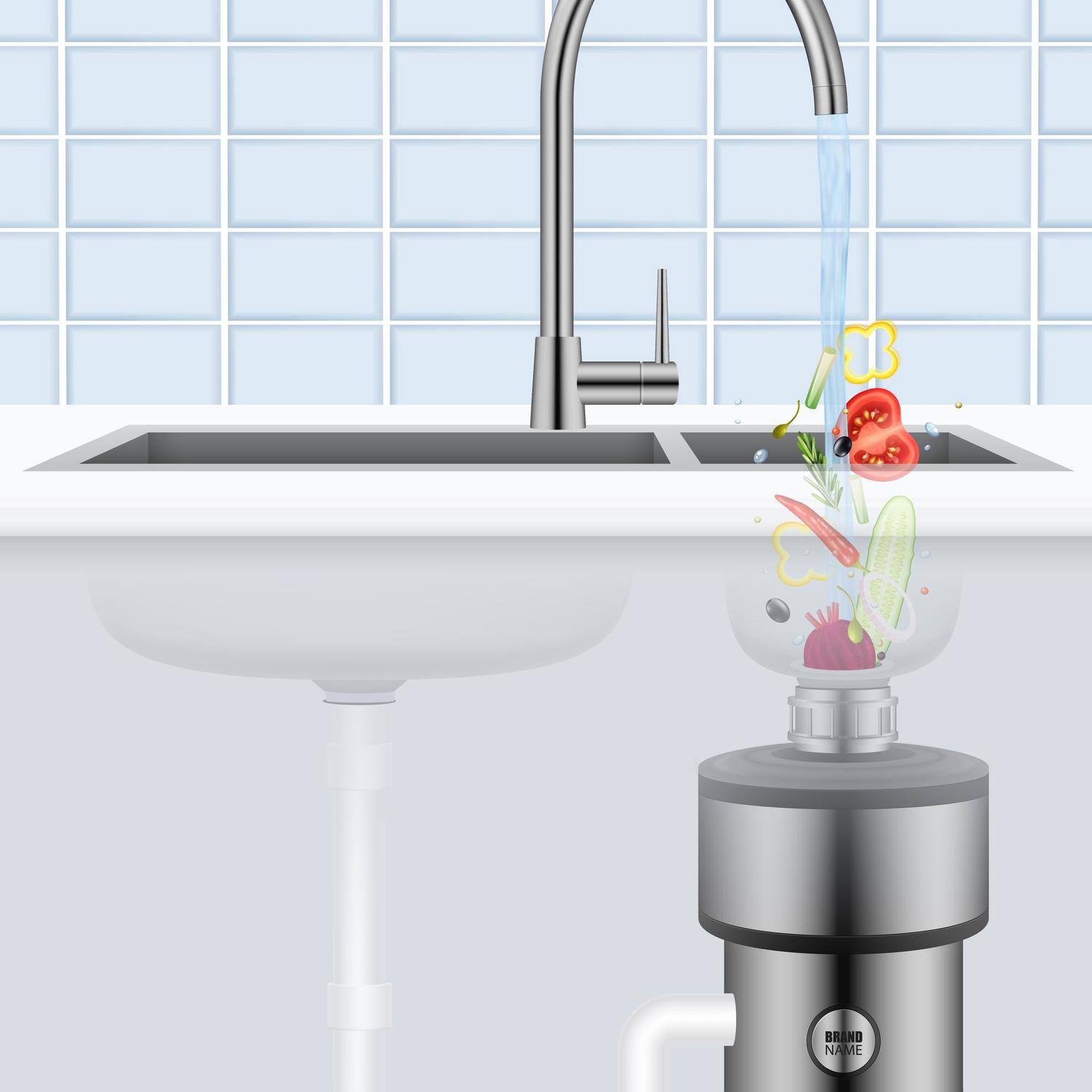Soundproofing a sink – For a quieter and more pleasant kitchen environment
Soundproofing a sink can make a big difference to the comfort of your kitchen. A sink without sound insulation can generate sharp and disturbing noises, especially when water is running or when cutlery, pots, and other kitchen utensils are being used. This can be particularly stressful in open-plan kitchens where sound easily spreads to other parts of the home. By using effective soundproofing methods, you can create a more harmonious and pleasant kitchen environment.
Why does a sink make noise?
Noise from a sink occurs due to resonance and vibrations in the material. When water hits a thin metal sink, the sound is amplified because the surface acts as a resonance chamber. The same applies when objects are dropped or scraped against the sink. Common causes of loud noise in a sink:
Stainless steel sinks with thin sheet metal
Lightweight and thin materials amplify the sound.
Direct contact with water
A hard water jet from the tap creates unnecessary noise.
Loosely mounted sink
A sink that is not properly secured can vibrate and amplify sound.
Hard and echoing surroundings
If the kitchen has many hard surfaces, the sound can spread and be amplified further.
Why is soundproofing a sink important?
Soundproofing a sink is not just about reducing noise—it also contributes to a more pleasant and functional kitchen environment.
Quieter kitchens
Perfect for open-plan layouts where sound spreads easily.
Reduced stress and improved comfort
Get rid of annoying noises from running water and clattering cutlery.
Protects surfaces and kitchen utensils
Softer contact reduces wear on sinks and crockery.
Enhances the quality feel in the kitchen
A quiet sink provides a more exclusive experience.
How to effectively soundproof a sink
- Apply sound-absorbing damping mats or spray coating to the underside.
- Choose a thicker or composite sink that is naturally sound-absorbing.
- Use an aerator to soften the water flow and reduce noise.
- Place a sound-absorbing bottom mat in the sink to dampen noise from objects.
- Improve the seal between the sink and countertop to avoid vibrations.
With the right soundproofing measures, you can easily improve your kitchen environment and create a quieter and more pleasant atmosphere.








